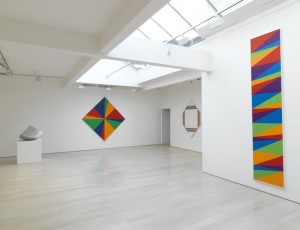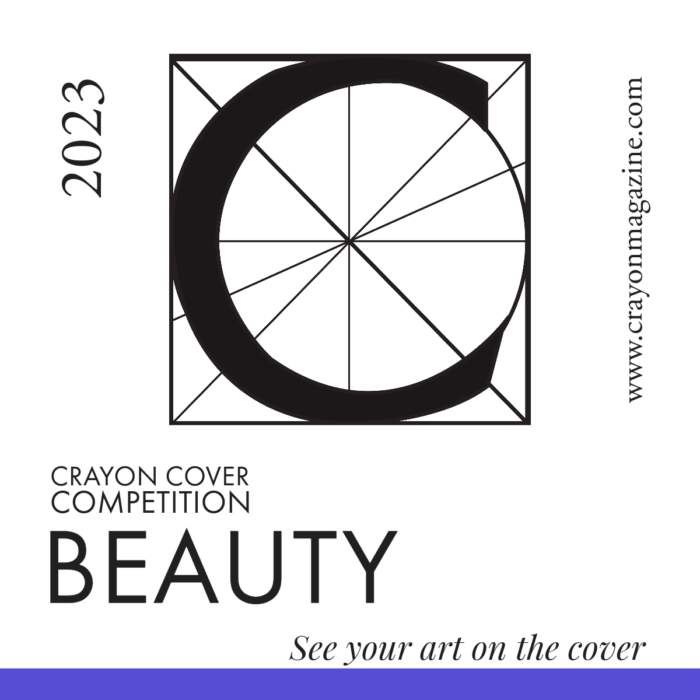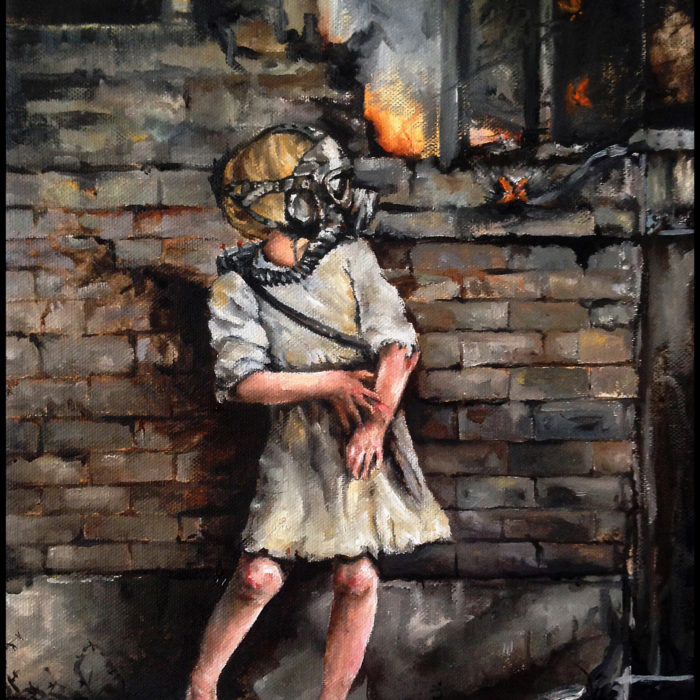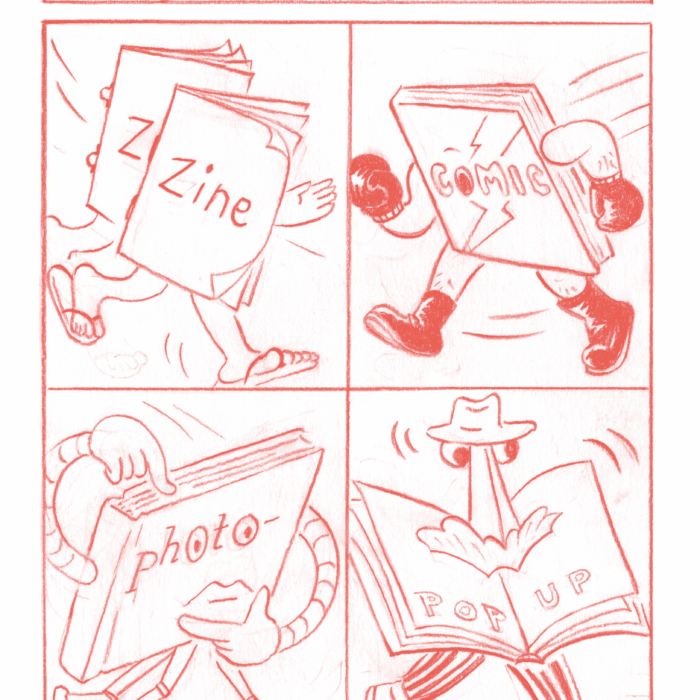You have no items in your cart. Want to get some nice things?
Go shoppingIt’s August and London’s art galleries are silent. Dealers have fled to the sun and staff have a few precious weeks to chill the best they can before the build-up begins for London’s hectic October art season. Signs of life are few and far between; at 196 Piccadilly you may be able to catch glimpses of Phyllida Barlow’s inaugural show at Hauser & Wirth being installed.
Peeping through the large doors of the Lutyens-designed former bank are bits and pieces of materials, trolleys and the tell-tale expanse of plastic sheeting that signals the arrival of a crack teams of art technicians. Opening September 2nd , this show should be marked down as a must see in your calendar. Barlow is a unique figure in contemporary British sculpture and it will be fascinating to see how her rough and ready materials sit within the interior of the Hauser & Wirth’s plush gallery space.
Security issues…
Over on Saville row, it’s the same story; more plastic sheeting and paper pasted up over gallery windows. One exception though is in the ex-Christie’s, ex-Gagosian director Pilar Ordovas’s new space where the largest security guard I have ever seen is standing directly behind the glass door. Teenagers swinging sacks of Abercrombie and Fitch turn and giggle at his menacing gaze. I have no idea why he is there. By the looks of it there is not a huge amount of art to defend as of yet. Maybe it’s a throwback to Ordovas’s days at Gagosian which always seemed to have a platoon stationed within their Britannia street gallery. The first show at Ordovas is slated to open in October in time for Frieze and most probably will be well worth visiting, if you can get past security.
Max Bill at Annely Juda Fine Art

If you haven’t been to this gem of a gallery I can recommend a visit. Located at 23 Dering Street, the entrance is just to the left of the recently opened Blain Southern space. Following the gallery sign, you need to duck through a nondescript doorway and clamber up the stairs to the 4th floor. Once buzzed in you will be struck by natural daylight; it floods through the gallery space from the large central skylight. During exhibitions your eyes can have the double pleasure of traveling from delicious examples of 20th century abstract work upwards to bright blue sky.
Today the gallery is filled with the works of the Swiss creative polymath Max Bill (1908-94). Although generally regarded as an artist, sculptor and architect, he also found success as a silversmith, product designer, typographer, politician and professor. He studied at the Bauhaus under Kandinsky and Klee and after the war, he was a force in the founding of the Ulm School of Design, the principles of which would be similar to his alma mater. Among the students and faculty of this new institution were Otl Aicher, Joseph Albers and Johannes Itten, whose famous book The Art of Color still passes in front of painting students in art schools today.
Some of the paintings in this exhibition pass a little more than a fleeting resemblance to some of the illustrations in that book. Bright polychromatic planes are brought together by Bill and even though he is thought of as rigid and logical, very human compositional decision-making is evident throughout the work. Sadly he is still very much underappreciated in this country and this is evident by a gaping vacuum in our top public collections.
His influence abroad also has yet to be fully understood; with the current interest in the development of Latin American Abstract art, his contribution to this scene through his visits to Brazil in the 1950’s and his influence on artists such as Lygia Clark and Hélio Oiticica is still not well known. Surprisingly, strong similarities can also be seen between the works of Bill and the “rediscovered” South American abstract artist Carmen Herrera (recently picked up by Nicholas Logsdail’s Lisson Gallery). With new interest in this area fuelled by emerging South American money it will be interesting to see what new information is brought to the surface from this potentially rich vein of art history.
Thomas Murr





